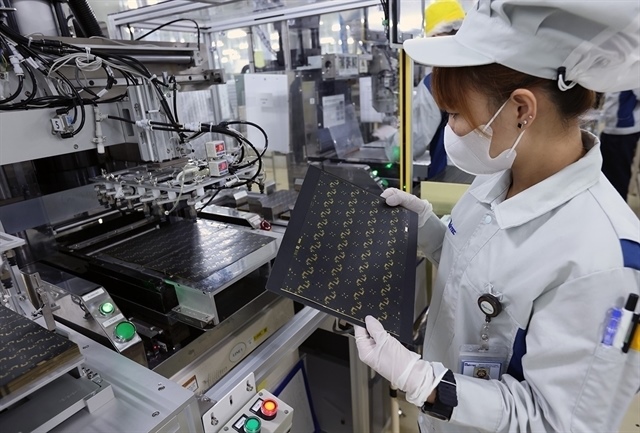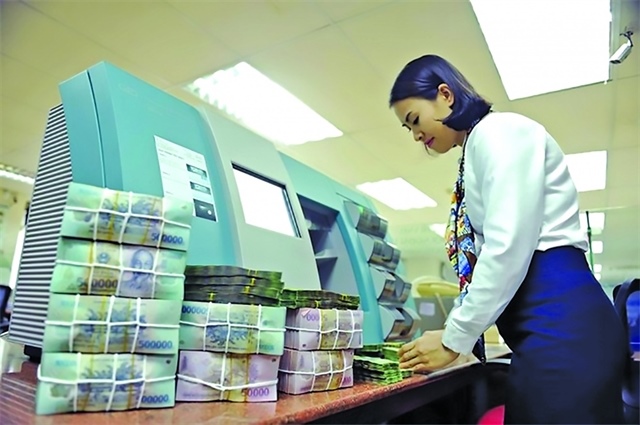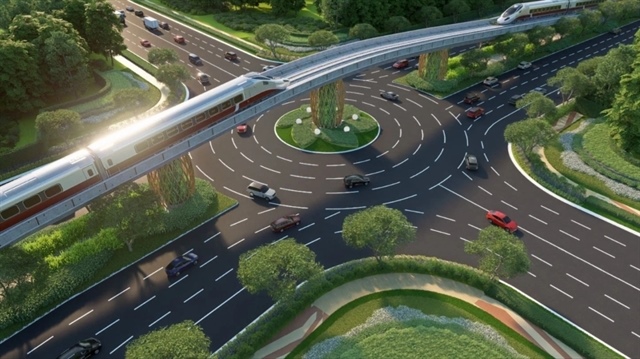Tourism master plan developed
Tourism master plan developed
The southern coastal province of Ba Ria-Vung Tau authorities have approved a master plan for tourism development by 2025 with a vision to 2030.

The master plan calls for developing Vung Tau into an environmentally friendly city of national tourism, finance and trade, with a developed maritime economy.
The province has issued a resolution on high-quality tourism development that would ensure a safe, civilised and friendly tourist environment.
The province will focus on markets like Northeast Asia, Southeast Asia and the Asia Pacific, especially traditional markets like Japan, South Korea, Singapore and Malaysia.
Other potential markets include Russia, North America, Eastern Europe, Northern Europe, Australia and the Middle East.
The province is focusing on four main tourism products.
Under the master plan, the province will develop sea and island tourism products, and medical and healthcare tourism products.
It will also create tourism products for entertainment services in Long Dien and Dat Do districts, and develop sea tourism products for the Long Hai, Phuoc Hai and Loc An beaches.
In Xuyen Moc District, the province will focus on world-class marine tourism products with high-end accommodations in the Ho Linh, Ho Coc and Ho Tram beach areas.
On Con Dao Islands, the province will prioritise development of products for adventure tourism, eco-tourism in the islands, and nature tourism.
Secondly, the province will also develop tourism products associated with relics, cultural and architectural works, as well as tourism products associated with spiritual beliefs such as visits to pagodas and temples.
Major sites include the Con Dao prison, Hang Duong cemetery, the memorial house of heroic martyr Vo Thi Sau in Dat Do District, and other historic sites such as Dinh Mountain, Minh Dam Mountain and Long Phuoc Tunnel.
Thirdly, the province will develop Meetings, Incentives, Conferences and Exhibitions (MICE) tourism in Vung Tau City’s Xuyen Moc District where upscale accommodation facilities exist.
In addition, the province will focus on ecotourism products, homestay services and agricultural ecotourism in Chau Duc, Dat Do and Xuyen Moc districts.
The province will offer support to families that provide homestay services, catering services, and locals who make souvenirs.
New policies to support tourism enterprises, mobilise capital, and develop human resources have been created with the aim of improving tourism products and services.
Ba Ria-Vung Tau is well known for its famous tourist attractions associated with historic values, and beautiful beaches such as Ho Coc, Binh Chau, Bai Sau and Bai Truoc.
The province has large areas of mangrove forests, which are the home of endemic wildlife such as black tigers and parrots, and many fertile river mouths.
The province targets 8.6 million visitors by 2025, an annual average growth rate of 11 to 13 per cent, and at least 16,000 high-standard hotel rooms, as well as 38,000 new jobs.
In the first half of this year, the province welcomed 6.5 million tourists and earned VND2.8 trillion (around US$123 million) from tourism, according to the provincial Department of Tourism.
Ba Ria-Vung Tau Province, which has a 305km-long coastline, is one of the leading tourism hubs in Viet Nam. With a cool and dry temperature year round, it is an ideal place for sea sports tourism and the development of deluxe seaside resorts.
Vung Tau City, lying on a peninsula of the same name, is the commercial and tourism centre of the province.



















